Rolling on two wheels towards the historic Brooklyn Navy Yards, the wind picks up a clip and the sounds of the city fade into the distance. This eerie oasis of looming factory buildings and industrial shipyards has always told an alternative history of New York—one, not of luxury or the leisure class, but of blue-collar labor and of striving for superior craftsmanship.
Amidst an army of muted grey facades is a single brick building of evident historical importance. This beautifully worn landmark, the 113-year-old Paymaster Building, is home to the award-winning Kings County Distillery. And by award-winning, there’s an emphasis on the plural. Because this little-distillery-that-could has racked up more medals than can feasibly hang from Master Blender Nicole Austin’s neck.
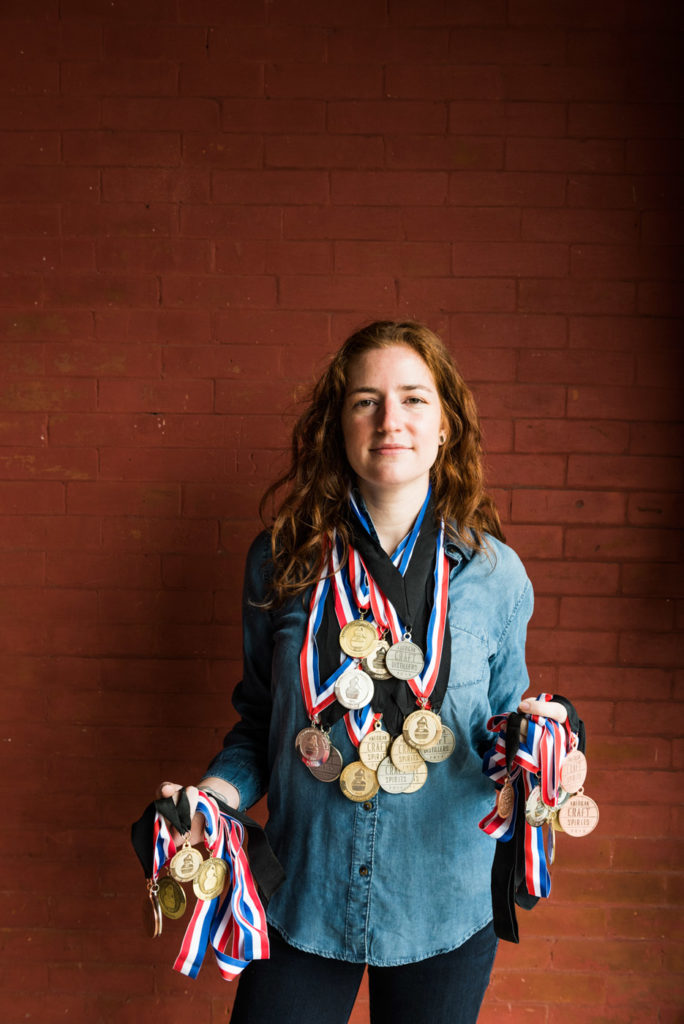
Officially founded in April 2010, Kings County is the first New York City commercial distillery to open since Prohibition. Inspired by the not-quite-legal moonshining activities of Kentucky-bred co-founder, Colin Spoelman, it has quickly become one of the craft spirit movement’s most celebrated success stories.
It was just one month after Kings County received its license that Austin, then an environmental engineer, showed up on the distillery’s doorstep. “I literally walked in and said, ‘Hi, I will work for you now,’” says Austin. “Colin hesitated, explaining that the company had no budget to pay me, but I told him I’d gladly sweat my way into the company.” In the six years hence, she has literally tasted every single barrel produced on the Kings County premises.
It was her background in engineering that, unexpectedly, led Austin to the spirits profession. A graduate of Manhattan College in chemical engineering, she was looking for a way to avoid the typical pharmaceutical, oil and gas jobs. At first, environmental engineering seemed like the perfect fit, but over time, Austin saw the writing on the wall: “There was no one above me whose job I wanted. And in the end, corporate is corporate is corporate.”
“Like all great epiphanies, mine came at a bar,” Austin laughs. That bar, Char No. 4 in Brooklyn’s Cobble Hill neighborhood, boasted an excellent whiskey collection and a passionate barkeep to boot. It was over a bourbon flight that he mentioned the impact of distilling on flavor—and caught Austin’s ear. “I was like, ‘I know how to distill things!’ But no one had ever told me that working in whiskey was an option. I never really thought about how it was made, just like I never thought about where pickles or soda come from.” Yet whiskey awareness was only the first step in Austin’s career change.
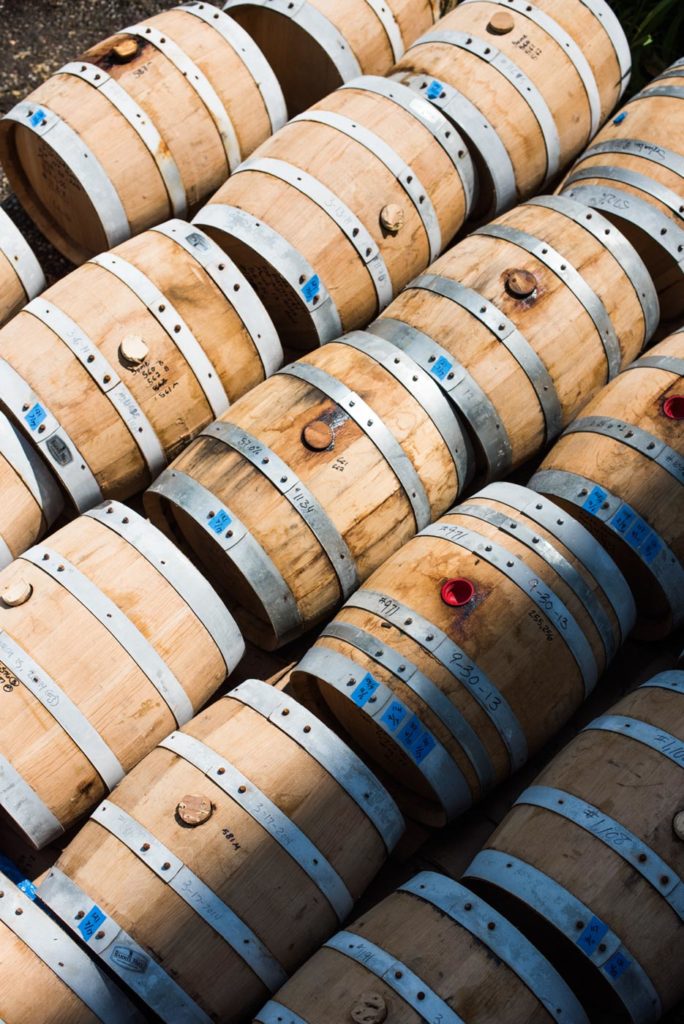
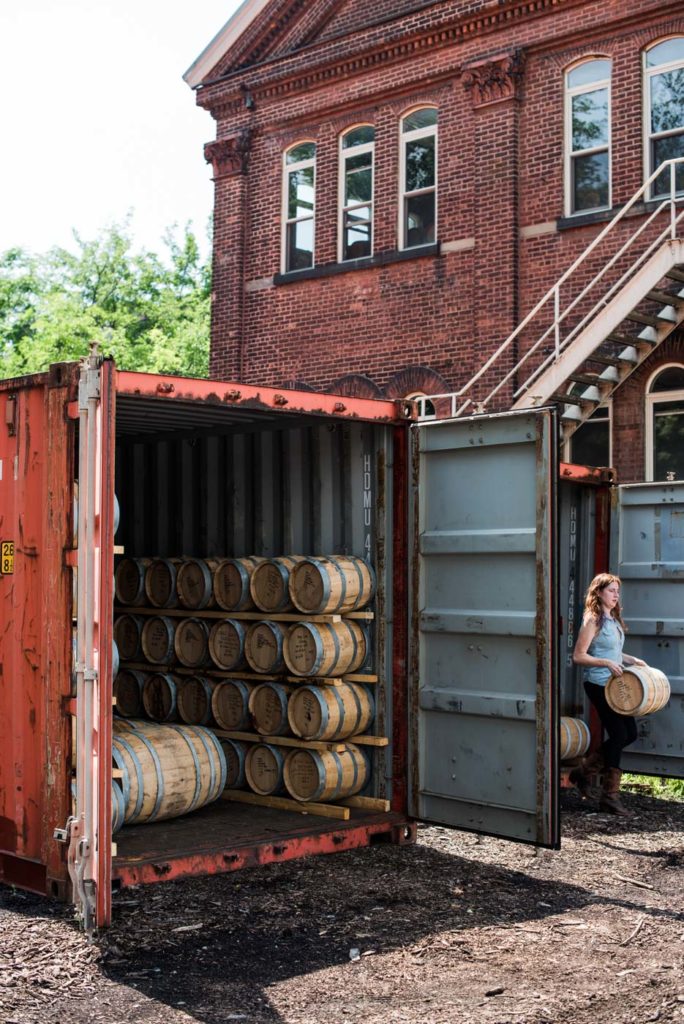
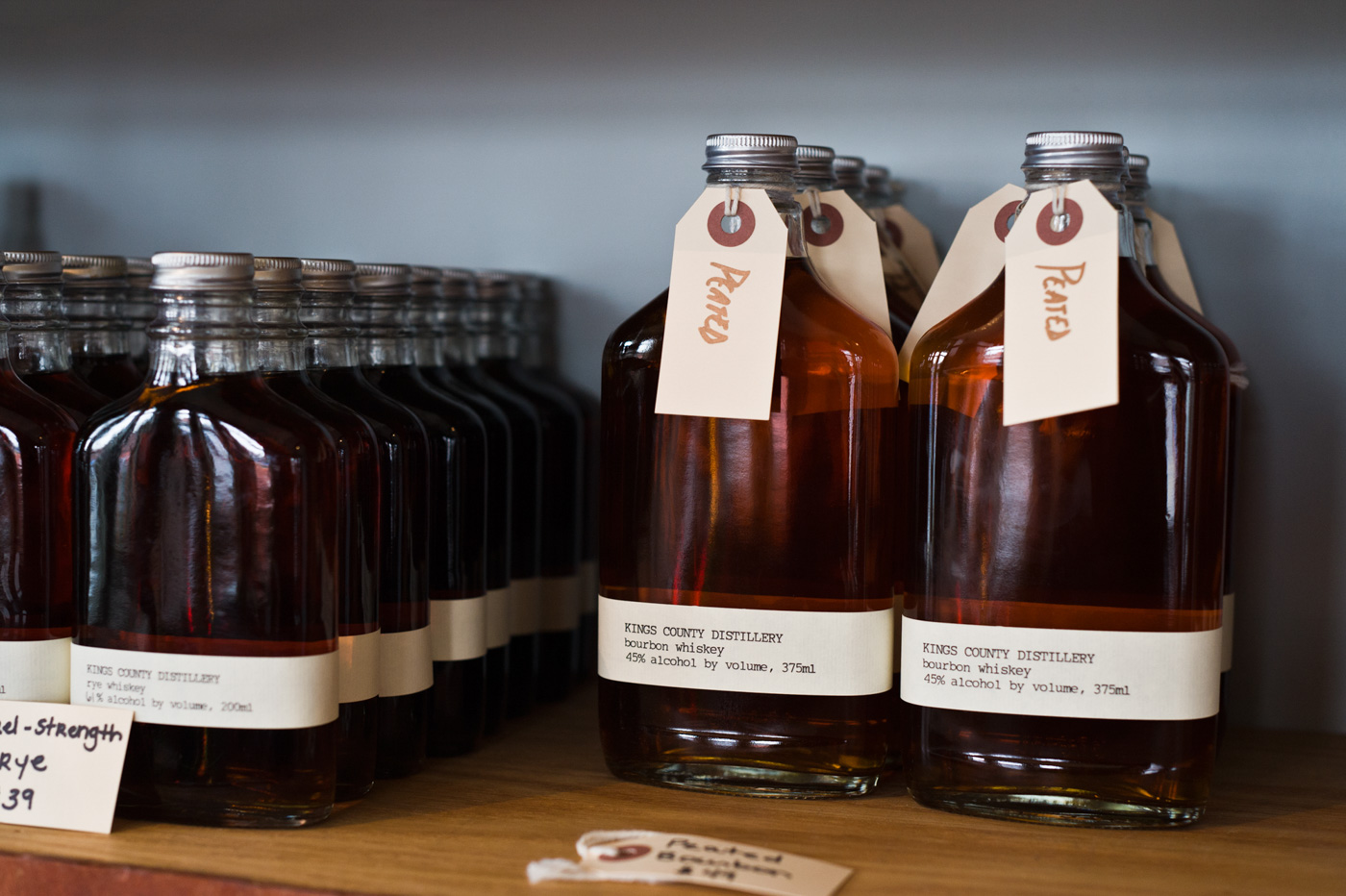
“I didn’t have the right name to work in Kentucky; I wasn’t born into a whiskey family,” Austin explains. It took a year of searching—including seriously considering a two-year intensive program in Scotland—before Kings County came to the rescue. When Austin saw a clipping about the craft distillery’s overturning of New York City’s dry history, her fate was all but decided.
“It’s easy to make whiskey, but it’s a different thing to perfect whiskey, which is really what happens in the blending process,” notes Spoelman. “You’re deciding when something is at its peak—which is a subtle thing, a different skill than replicating a recipe day after day. Nicole has a great palate and has been ruthless about doing things a particular way. I’m happy to let that lead, and to interfere as little as possible.”
Yet to hear Austin tell it, that palate was a hard-won skill. Though distilling came naturally to the engineer, bourbon tasting offered no clear-cut educational path. “There’s no sommelier-equivalent program for whiskey,” Austin explains. “I basically just bought a bunch of books by Michael Jackson, Dave Broom and subscribed to Whiskey Advocate for the tasting notes. I’d go to bars and ask the bartender to blind taste me on whiskeys—then compare my notes with what the experts were saying.”
It’s also noteworthy to consider that this was all in addition to holding down her engineering day job. “All of us had other jobs for the first few years,” says Austin. “It wasn’t until Dave Pickerell—the master blender at Maker’s Mark for 14 years—asked me to join his craft spirits consulting company that I was able to work in spirits full time.”
When Austin did make the transition, she says her elation was palpable: “When I was leaving my job at the engineering firm, my boss said he thought I was going to tell him I was pregnant or getting married, because I looked so happy!” Yet that enthusiasm was soon tested, as Hurricane Sandy hit the very same week.
While the aging casks were largely untouched by Sandy—they are stored on the second floor—the machinery and raw materials on the first floor of the distillery were all damaged. “It looked as if a giant had come and moved everything around—not to mention that there was two feet of water on the floor. It hurt. You’re standing there, shoveling shit, and you’re thinking, ‘Did I really leave my guaranteed healthcare, 401K job for this?’ And, ‘Oh god, am I even going to have a job? Can we come back from this as a business?’”
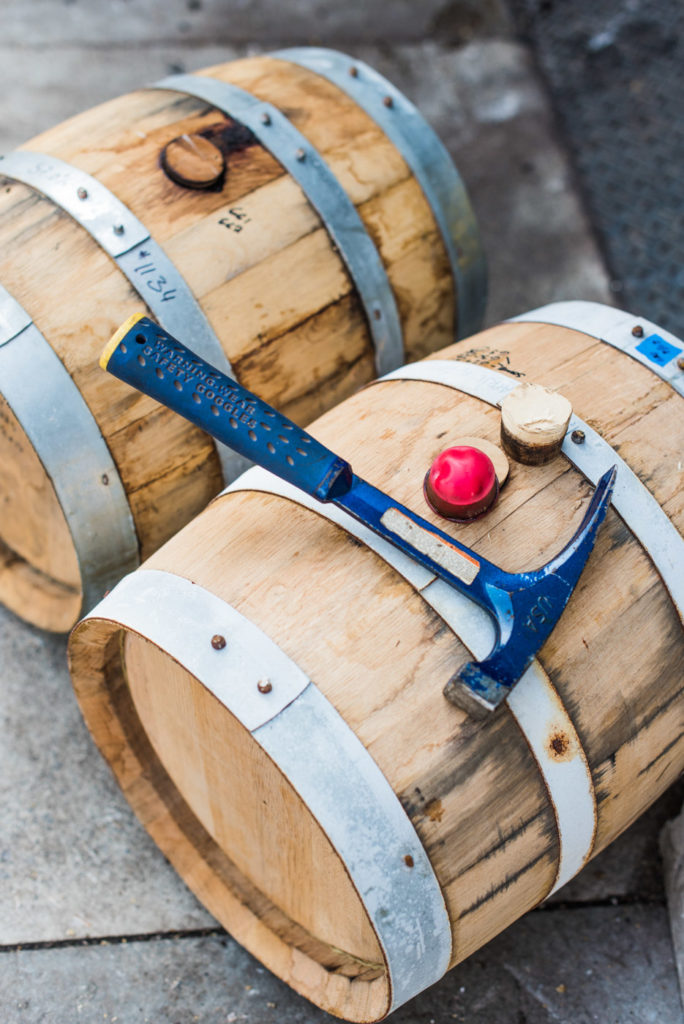

Beyond hurricane clean-up, Austin’s resilience and dedication are still easy qualities to recognize. “Most people think, ‘Oh what a dream job!’ And it is—but try tasting 80 different whiskeys in a single day. After the first hour, most people are a little bored, a little fatigued and everything starts to taste the same.” Yet for Austin, getting to know every cask at Kings County has become a point of pride:
“It’s nice to feel that no one knows Kings County’s barrels better than me. People ask all the time, ‘What makes you a master blender?’ Well, I may not be able to go out and do everyone else’s job in this industry, but no one can come in and do mine. No one knows these casks better than me, and that feels like an accomplishment.”
But why taste 80 barrels at a time? Consider that Kings County’s flagship bourbon is a blend of anywhere from 15 to 50 barrels, and you begin to understand. “If I was just to dump 20 casks into a tank, it would be…okay,” Austin explains. “But if I can blend the mouthfeel of this, the leathery note of that and the vanilla flavor of another—putting that all together consciously is what takes whiskey from good to great.”
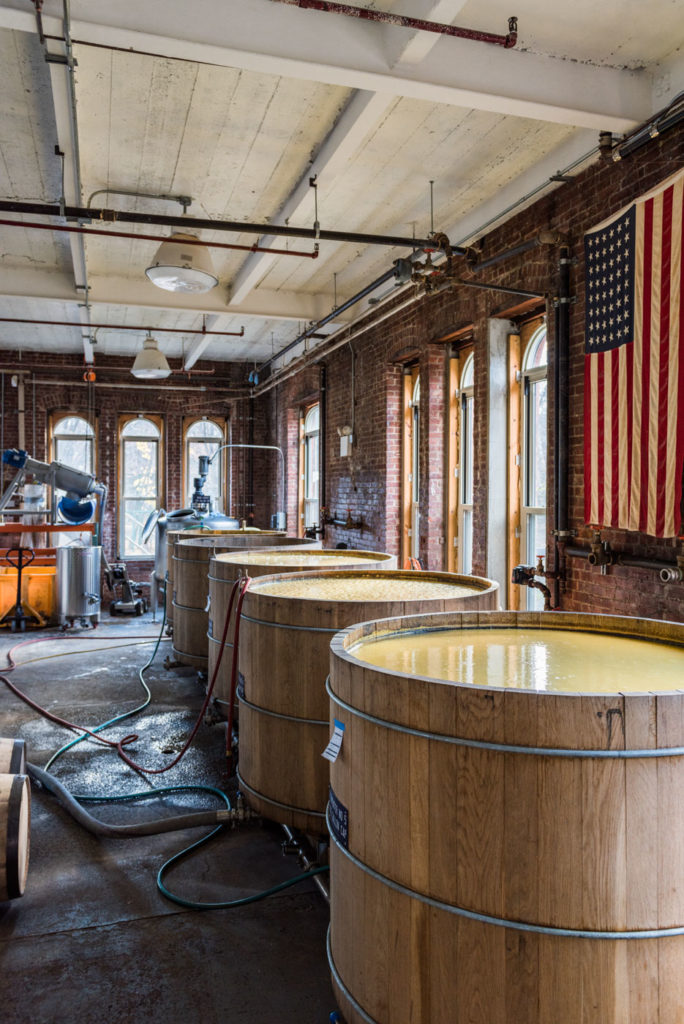

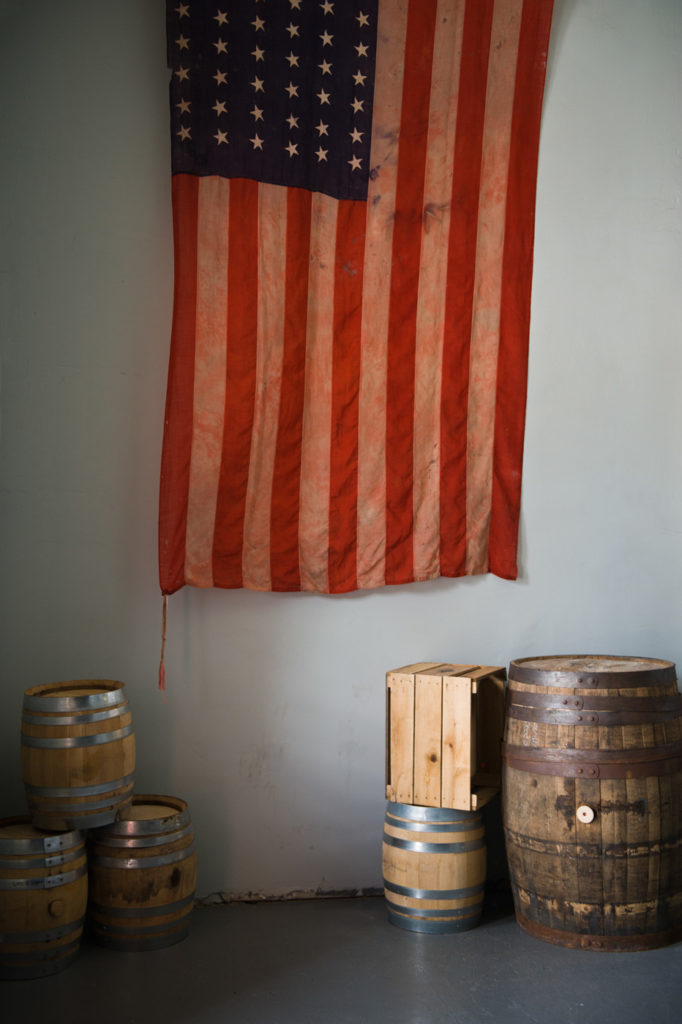
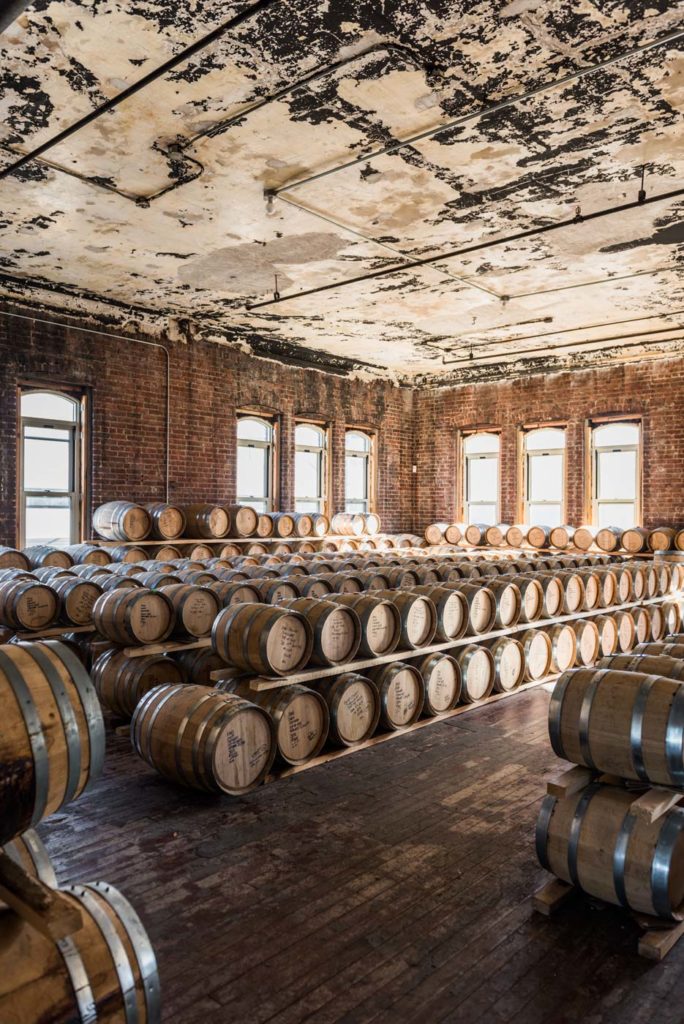
It’s also important to consider that every cask ages at a different rate. The base requirement is that the whiskey remains barreled for at least 12 months, to experience the full cycle of the seasons. In summer, the barrels swell and push the liquor into the wood—sometimes on the hottest days the barrels even hiss, due to the intense pressure and evaporation of alcohol. In the winter, the casks contract, and the liquid leaves the wood, bringing with it all the vanilla or spice notes that the liquor wouldn’t take on by itself. Once that cycle is complete, it’s simply a question of time and active management. One barrel might reach its peak at month 14, while another might age for over two years.
As for the size of the casks, Kings County is working on a much smaller scale than most distilleries. 53 gallons is the traditional Kentucky format, while 63 is the Scottish standard. At Kings County, the barrels weigh in at just five gallons, allowing an exponentially greater rate of maturation, due to both the increased contact with the surface area of the casks, and the micro-oxidation that occurs through the pores of the wood. Standing among the casks at Kings County, the air is rich with a tangy, fruit-laced aroma—the perfume of evaporating bourbon, mythically called the “angels’ share.”
“I often use the analogy of tea steeping,” says Austin. “Both in the intensity of the flavor and the question of timing—it’s about finding that peak moment. Each cask has a natural limit at which it starts getting worse and not better.” The expectations of small barrel production have also evolved over the course of Kings County’s production. Up until this year, it was widely believed that five gallon casks could not be aged beyond 18 months. Yet Austin chose select barrels for a two-year-old straight whiskey—with some casks even aging beyond the 24-month mark. It was far from an easy challenge, but worth the investment: that expectation-defying spirit won the 2016 Best American Craft Bourbon at the American Craft Spirits Association awards.
Of course, Austin is capable of crafting multiple excellent whiskeys, all with their own flavor profiles and characteristics. But consistency has long been a part of the spirits market. “The concept we have in wine of terroir, of variation from year-to-year—that doesn’t exist in whiskey, or it doesn’t yet. Certainly, we could do vintages, but we also have to assume that each customer is drinking our product for the first time. For that reason, we’ve developed a profile for a ‘Kings County whiskey,’ and the first few years at the distillery were really about defining what that means.”
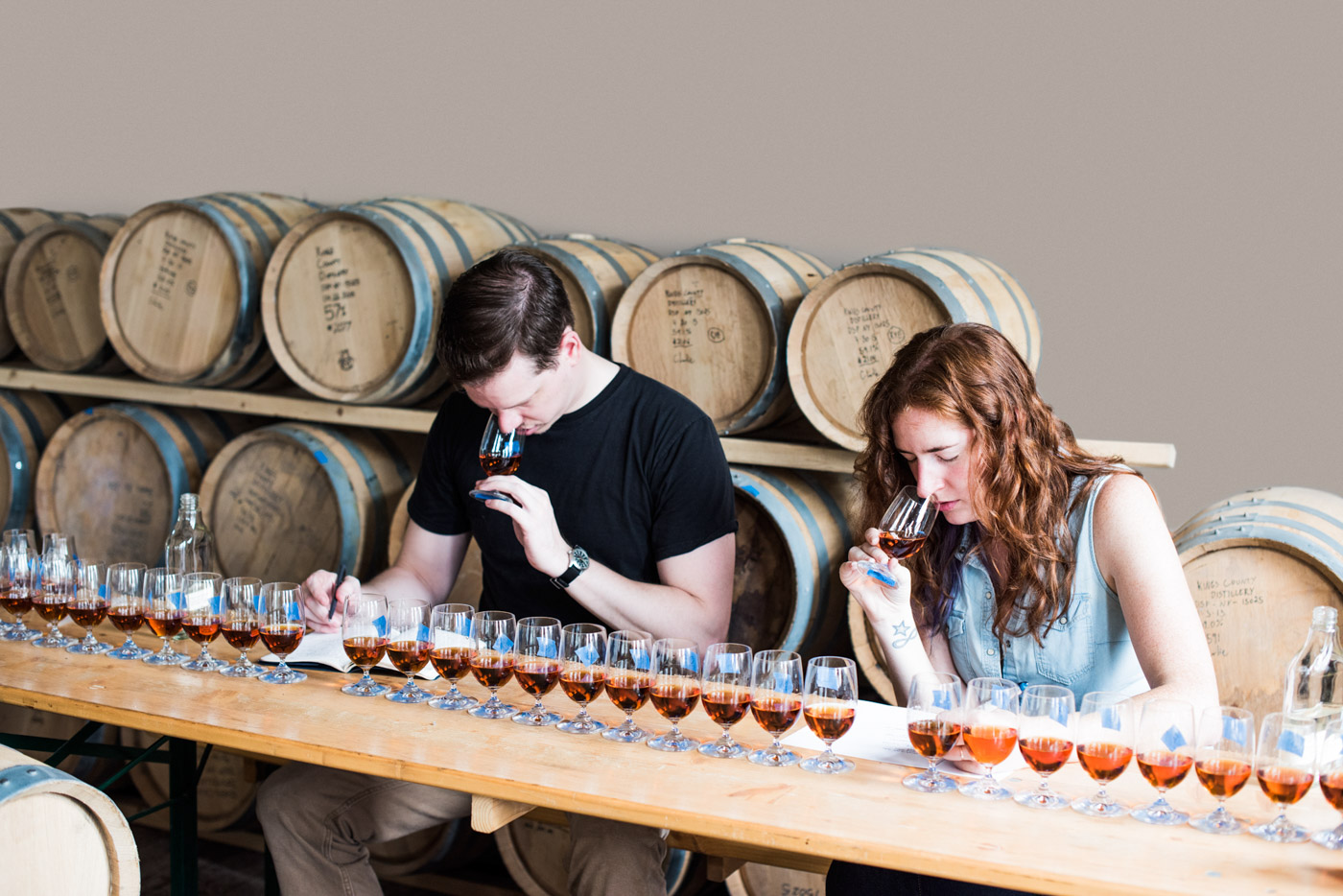
So what is it that makes a great whiskey? In Austin’s words: “The nose should be active and interesting, and you should be able to parse out multiple notes. It’s a rich experience—vanilla, a little fruit, a touch of cinnamon and spice notes. When you add a little water, you’ll notice those flavors develop even more. It should have a soft mouthfeel—it doesn’t stab you in the mouth—and the experience extends as you breathe out; it lasts.”
Yet blending, no matter how well Austin knows her barrels, remains both an art and a science. Pointing to one of her favorite quotes from author Arthur C. Clarke, she adds, “Any system sufficiently complex is indistinguishable from magic.” No matter how much we learn about the science of maturation, the chemical reactions that go on in the cask, there’s still a gap in our scientific understanding that prevents the process from being automated. “Every cask adds its own character to the spirit that we can’t predict or control. Even once you have barrels that are ready to blend, they may behave unpredictably. You can take two that both smell, in their own way, of vanilla. Then, somehow, when you combine them, they’ll end up smelling like old gym socks!”
It’s that forced humility, that experience of a guaranteed lack of control over the process, that—six years in—keeps Austin interested in the blending process. What’s more, working on the craft level removes the barriers to experimentation that might exist at a larger company: “To some extent, that’s what defines craft spirits. There’s no 200-year legacy of our business to tarnish. If we try something different, our grand-pappy isn’t going to roll over in his grave.” Which explains why, alongside the flagship blended bourbon, you’re just as likely to find a cacao husk or honeycomb-infused whiskey on the shelves at Kings County.
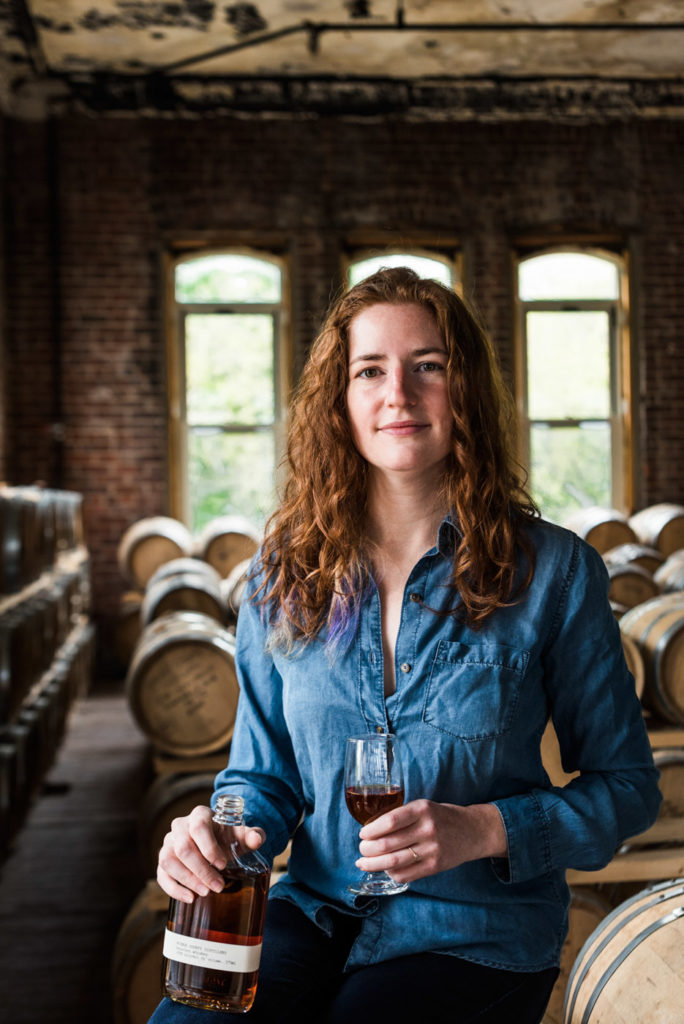
As we wrapped up our morning together, Austin waxed philosophic: “We’re social creatures—and it’s so beautiful. The history of whiskey, the water of life, the essence of the gods—fermentation! Before they understood what yeast was, they thought it was a kind of life force, pushing the liquid around; that in distilling it you were capturing the essence. It may just be whiskey in the end, and you don’t need to spend 45 minutes with every glass in order to appreciate it, but there is something to the idea that we’re selling more than just liquid.”
—
Kings County Distillery
299 Sands St, Brooklyn, NY 11205





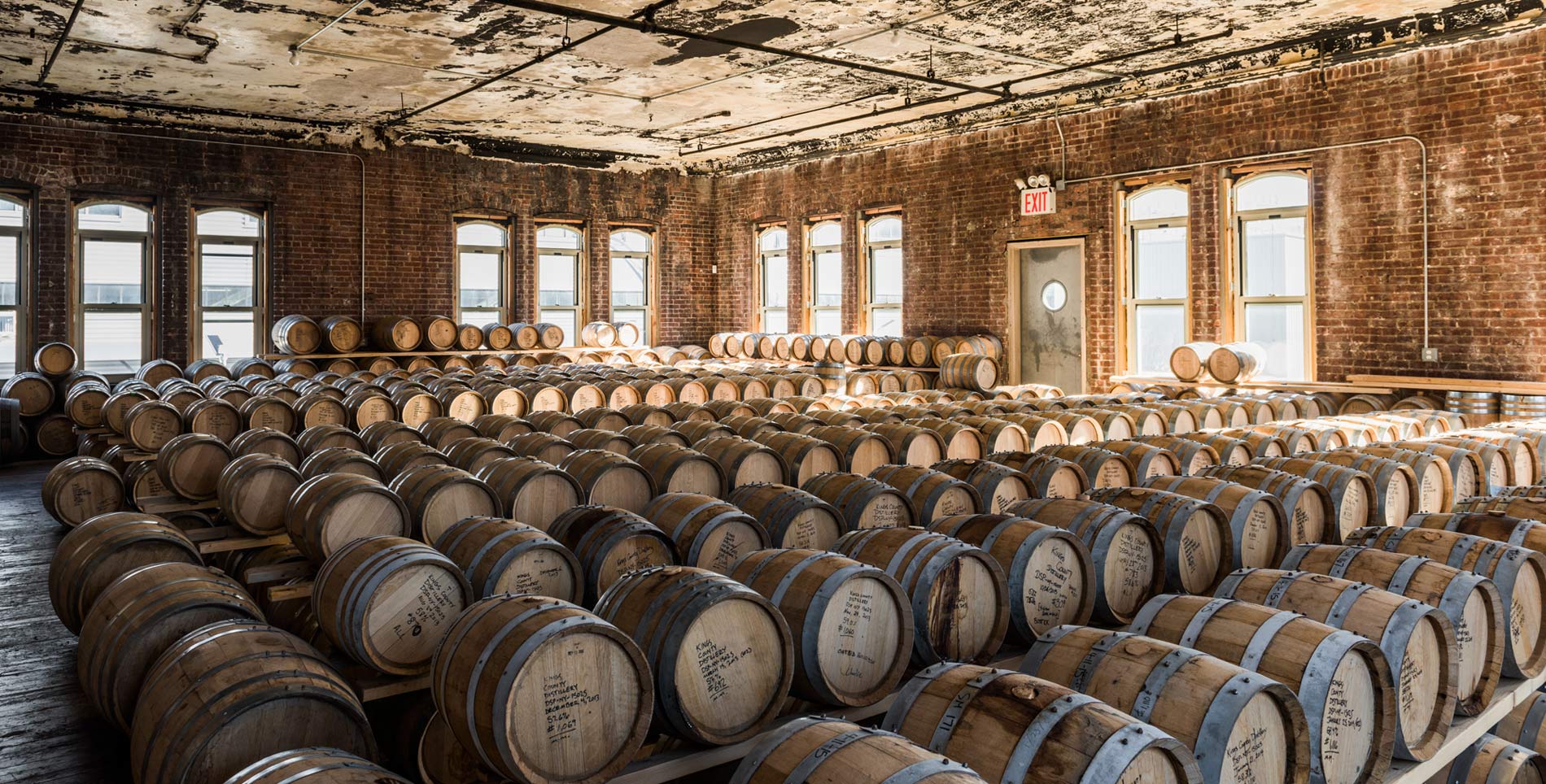

Our comments section is for members only.
Join today to gain exclusive access.